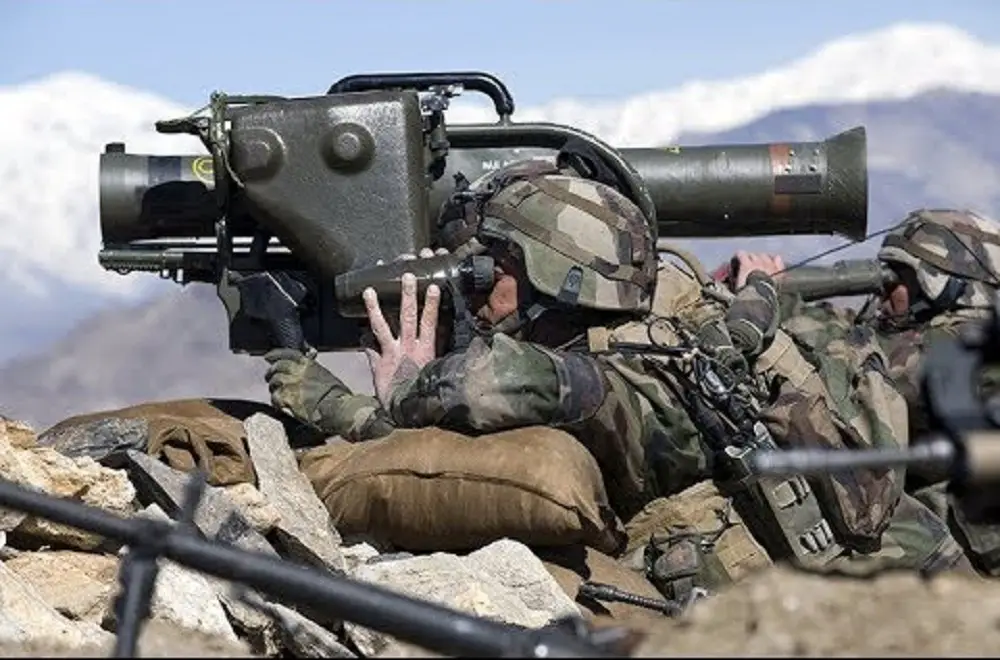MILAN (French: Missile d´infanterie léger antichar; English: Light anti-tank infantry missile, milan is French for kite) is a European anti-tank guided missile. Design of the MILAN started in 1962, it was ready for trials in 1971, and was accepted for service in 1972. It is a wire guided SACLOS (semi-automatic command to line-of-sight) missile, which means the sight of the launch unit has to be aimed at the target to guide the missile. The MILAN can be equipped with a MIRA or MILIS thermal sight to give it night-firing ability.
MILAN is a product of Euromissile, a Franco-West German missile development program dating back to the 1960s. The system entered service in 1972 as a second generation anti-tank weapon and soon became a standard anti-tank weapon throughout NATO, in use by most of the alliance’s individual armies. Consisting of two main components, the launcher and the missile, the MILAN system utilizes a semi-automatic command to line of sight (SACLOS) command guidance that guides the projectile either by infrared radiation or by an electronic-flash lamp, depending on the model. Because it is guided by wire by an operator, the missile cannot be affected by radio jamming or flares. However, drawbacks include its short range, the exposure of the operator, problems with overland powerlines, and a vulnerability to infrared jammers such as Shtora that can prevent the automatic tracking of the missile’s IR tail light.
The MILAN 2 variant entered service with the French, German and British armies in 1984 which utilizes an improved 115 mm HEAT warhead. The MILAN 3 entered service with the French army in 1995 and features a new-generation localizer that makes the system more difficult to electronically jam.

Variants
MILAN 1: Single, main shaped charge warhead (1972), calibre 103 mm
MILAN 2: Single, main shaped charge warhead, with standoff probe to increase penetration (1984) calibre 115 mm
MILAN 2T: Single main shaped charge, with smaller shape charge warhead at end of standoff probe to defeat reactive armour (1993)
MILAN 3: Tandem, shaped charge warheads (1996) and electronic beacon
MILAN ER: Extended range (3,000 m) and improved penetration
The later MILAN models have tandem HEAT warheads. This was done to keep pace with developments in Soviet armour technology – Soviet tanks began to appear with explosive reactive armour, which could defeat earlier ATGMs. The smaller precursor HEAT warhead penetrates and detonates the ERA tiles, paving the way for the main HEAT warhead to penetrate the armour behind.
















